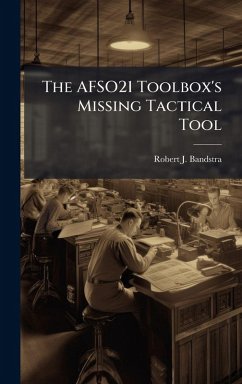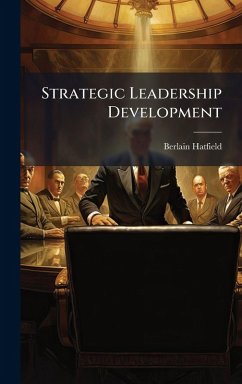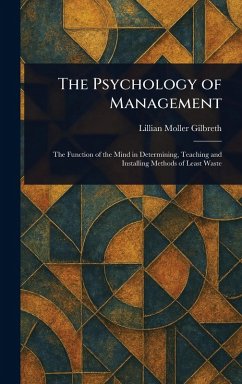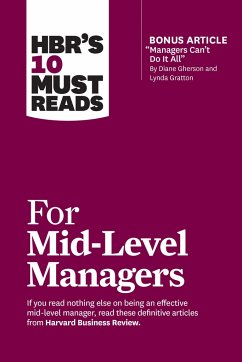
The Development of a Tactical-Level Full Range Leadership Measurement Instrument
Versandkostenfrei!
Versandfertig in über 4 Wochen
28,99 €
inkl. MwSt.
Weitere Ausgaben:

PAYBACK Punkte
14 °P sammeln!
Since the emergence of transformational and charismatic leadership models in the mid-1980s, full range leadership theory has become established as the predominant and most widely researched theory on leadership. The most commonly used survey instrument to assess full range leadership theory is the Multifactor Leadership Questionnaire, originally developed by Bass in 1985. Although much research has supported the strength of the psychometric properties of the Multifactor Leadership Questionnaire, some researchers have suggested that contextual factors such as a leader's hierarchical level can l...
Since the emergence of transformational and charismatic leadership models in the mid-1980s, full range leadership theory has become established as the predominant and most widely researched theory on leadership. The most commonly used survey instrument to assess full range leadership theory is the Multifactor Leadership Questionnaire, originally developed by Bass in 1985. Although much research has supported the strength of the psychometric properties of the Multifactor Leadership Questionnaire, some researchers have suggested that contextual factors such as a leader's hierarchical level can lead to conflicting results. This research effort involved an extensive review of existing literature to develop a new full range leadership theory measurement instrument that effectively targets low- to mid-level supervisors, or tactical-level leaders. This work has been selected by scholars as being culturally important, and is part of the knowledge base of civilization as we know it. This work was reproduced from the original artifact, and remains as true to the original work as possible. Therefore, you will see the original copyright references, library stamps (as most of these works have been housed in our most important libraries around the world), and other notations in the work. This work is in the public domain in the United States of America, and possibly other nations. Within the United States, you may freely copy and distribute this work, as no entity (individual or corporate) has a copyright on the body of the work. As a reproduction of a historical artifact, this work may contain missing or blurred pages, poor pictures, errant marks, etc. Scholars believe, and we concur, that this work is important enough to be preserved, reproduced, and made generally available to the public. We appreciate your support of the preservation process, and thank you for being an important part of keeping this knowledge alive and relevant.












